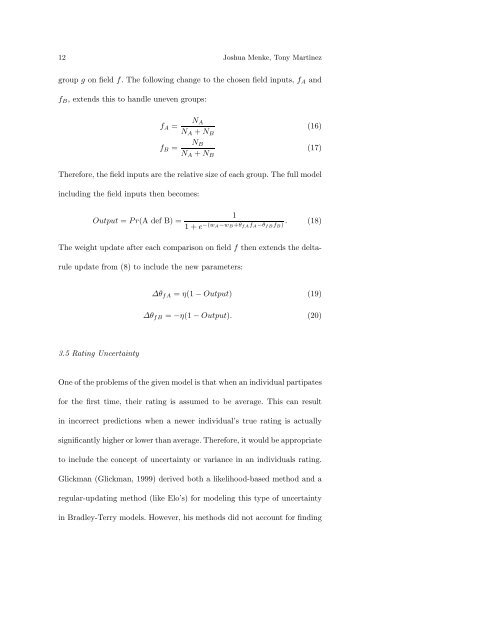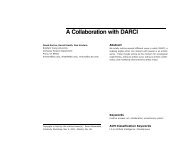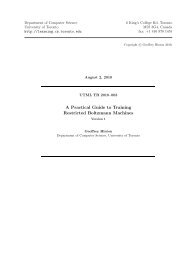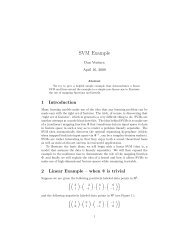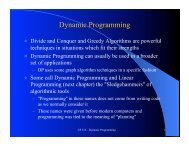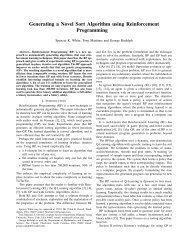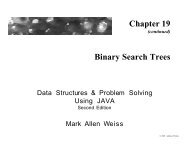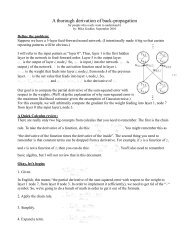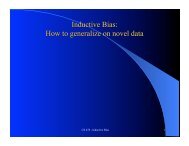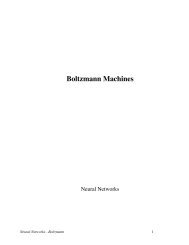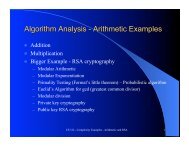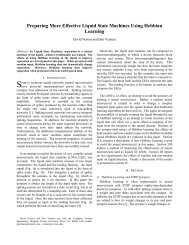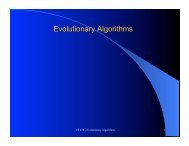A Bradley-Terry Artificial Neural Network Model for Individual ...
A Bradley-Terry Artificial Neural Network Model for Individual ...
A Bradley-Terry Artificial Neural Network Model for Individual ...
Create successful ePaper yourself
Turn your PDF publications into a flip-book with our unique Google optimized e-Paper software.
12 Joshua Menke, Tony Martinez<br />
group g on field f. The following change to the chosen field inputs, f A and<br />
f B , extends this to handle uneven groups:<br />
N A<br />
f A =<br />
N A + N B<br />
(16)<br />
N B<br />
f B =<br />
N A + N B<br />
(17)<br />
There<strong>for</strong>e, the field inputs are the relative size of each group. The full model<br />
including the field inputs then becomes:<br />
Output = Pr(A def B) =<br />
1<br />
1 + e −(wA−wB+θ fAf A−θ fB f B) . (18)<br />
The weight update after each comparison on field f then extends the deltarule<br />
update from (8) to include the new parameters:<br />
∆θ fA = η(1 − Output) (19)<br />
∆θ fB = −η(1 − Output). (20)<br />
3.5 Rating Uncertainty<br />
One of the problems of the given model is that when an individual partipates<br />
<strong>for</strong> the first time, their rating is assumed to be average. This can result<br />
in incorrect predictions when a newer individual’s true rating is actually<br />
significantly higher or lower than average. There<strong>for</strong>e, it would be appropriate<br />
to include the concept of uncertainty or variance in an individuals rating.<br />
Glickman (Glickman, 1999) derived both a likelihood-based method and a<br />
regular-updating method (like Elo’s) <strong>for</strong> modeling this type of uncertainty<br />
in <strong>Bradley</strong>-<strong>Terry</strong> models. However, his methods did not account <strong>for</strong> finding


